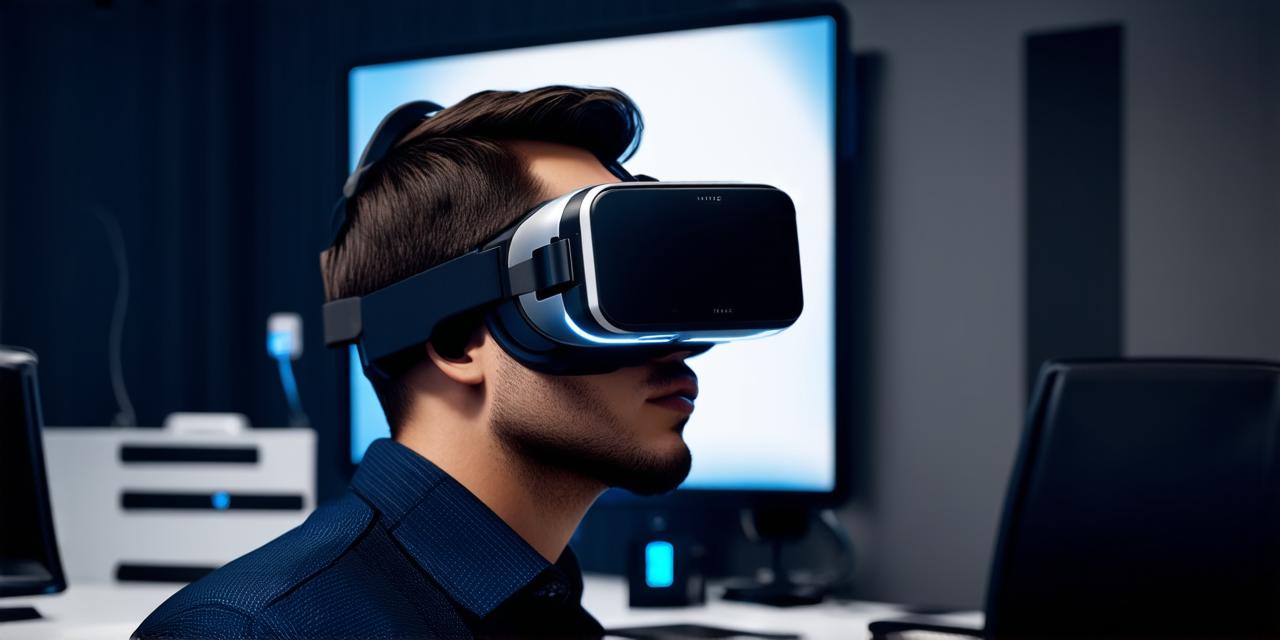
How to use a virtual reality headset
Setting Up Your Virtual Reality Headset
The first step in using a virtual reality headset is to set it up. Most VR headsets require a computer with a powerful graphics card and sufficient RAM to run the software. Additionally, you will need to connect your headset to your computer using a USB or HDMI cable.
Some VR headsets may also require additional sensors, such as motion controllers or cameras, to track your movements and provide feedback to the software.
It is important to note that some VR headsets have different requirements for setting up, so it’s essential to refer to the user manual or support documentation provided by the manufacturer of your VR headset to ensure a successful setup.
Calibrating Your Virtual Reality Headset

Once you have set up your VR headset, the next step is to calibrate it. This involves adjusting the lenses and other settings to ensure that they are properly aligned with your eyes and head.
Some VR headsets may require you to manually adjust the lenses using a screwdriver or other tool, while others may have built-in tools to help you do this automatically.
Calibrating your VR headset is crucial for ensuring an accurate and comfortable experience. If the lenses are not properly aligned, it can lead to blurry vision, eye strain, and even motion sickness. Therefore, it’s important to take the time to calibrate your VR headset before using it.
Creating Content for Your Virtual Reality Headset
Now that your VR headset is set up and calibrated, it’s time to start creating content for it. There are many different types of content that you can create for a virtual reality headset, including games, educational applications, and interactive experiences.
To create content for your VR headset, you will need to use specialized software that is designed to work with the hardware.
Some popular VR development tools include Unity, Unreal Engine, and A-Frame. These tools provide a range of features and tools to help you create immersive experiences for your users.
When creating content for your VR headset, it’s important to keep in mind that users will be experiencing the world in 3D, so you will need to design your content with this in mind.
Troubleshooting Common Issues with Your Virtual Reality Headset
As with any technology, there are bound to be some issues that arise when using a virtual reality headset. Some common issues include blurry or distorted vision, tracking problems, and connectivity issues.
To troubleshoot these issues, you can refer to the user manual or support documentation provided by the manufacturer of your VR headset.
In addition, there are many online resources available that can help you troubleshoot common VR issues. These include forums, tutorials, and video guides that can provide step-by-step instructions on how to fix common problems.
If you encounter any connectivity issues with your VR headset, it’s essential to check the cables and connections to ensure that they are properly connected and secure. You may also need to update the software or drivers for your VR headset if there is a compatibility issue.
Conclusion
Virtual reality technology is still in its early stages, but it has the potential to revolutionize the way we interact with digital content. As a developer, you have the opportunity to be at the forefront of this exciting new technology.
By following these guidelines and best practices for using a virtual reality headset, you can create immersive experiences that will engage and delight your users.
In summary, setting up and calibrating a VR headset is essential for ensuring an accurate and comfortable experience. Creating content for a VR headset requires specialized software that is designed to work with the hardware. Troubleshooting common issues with your VR headset can be done by referring to the user manual or support documentation provided by the manufacturer or by using online resources such as forums, tutorials, and video guides.
With these tips in mind, you’ll be well on your way to creating engaging and immersive experiences for your users.


